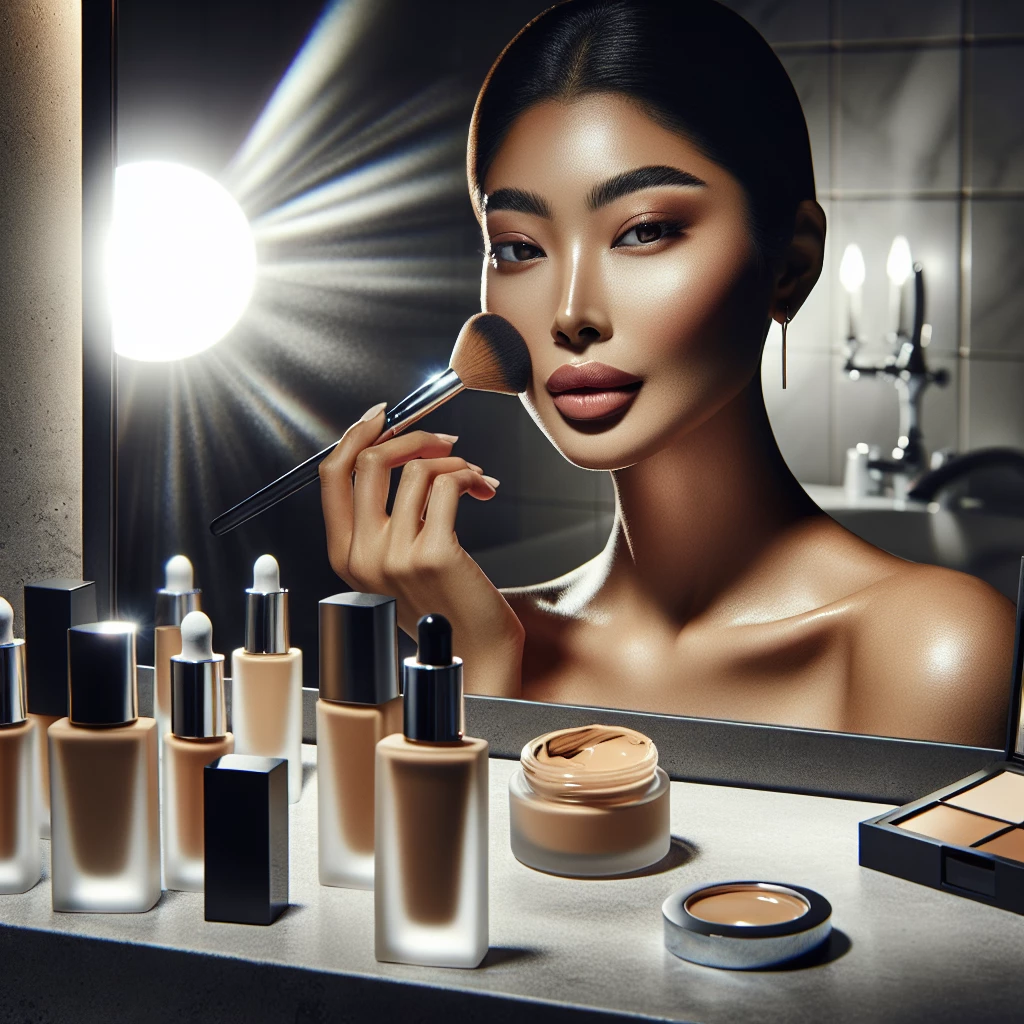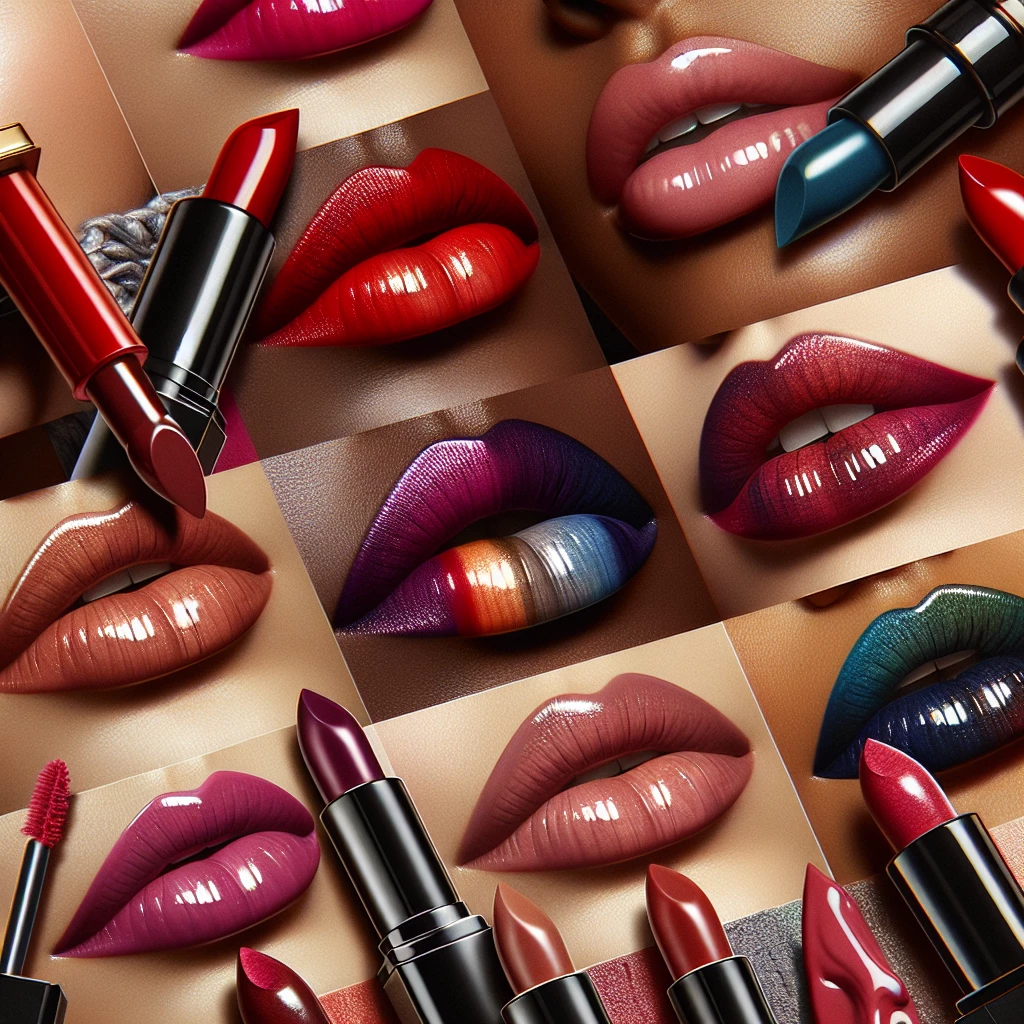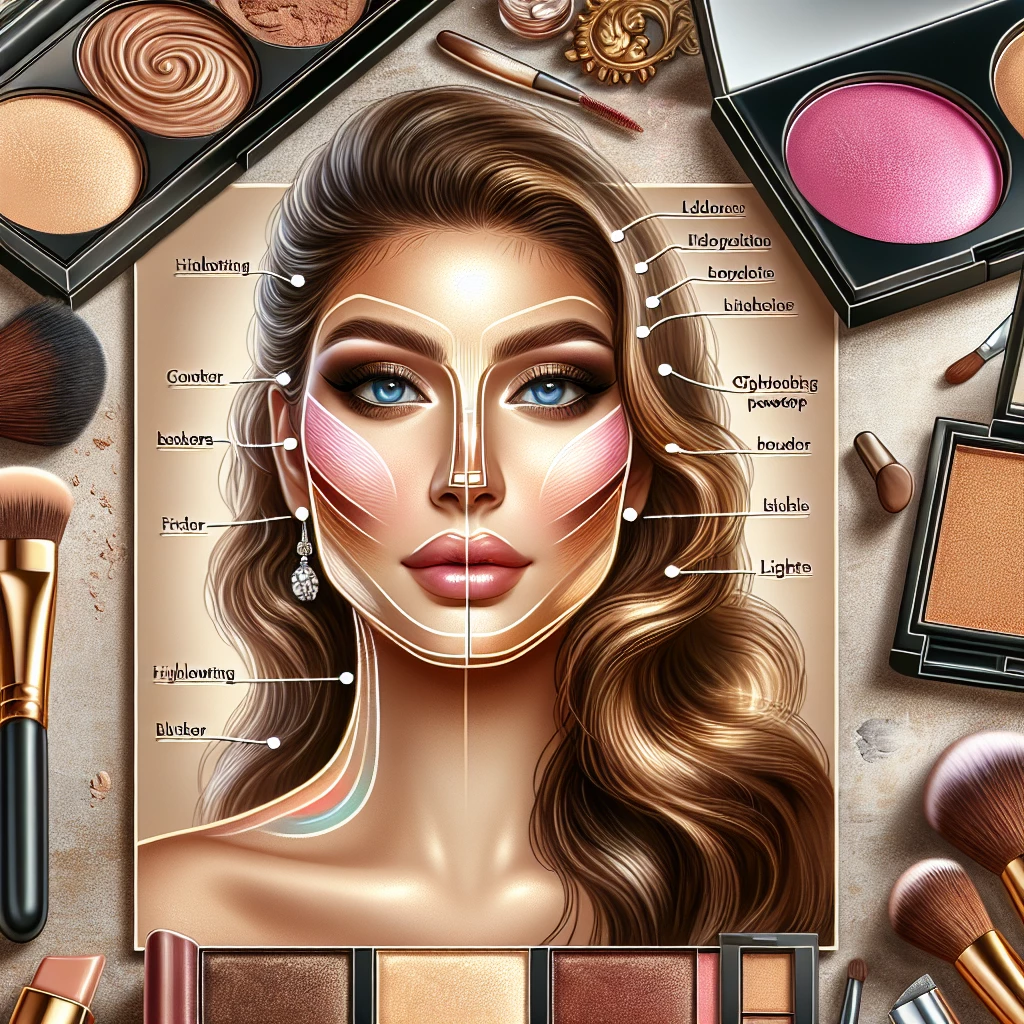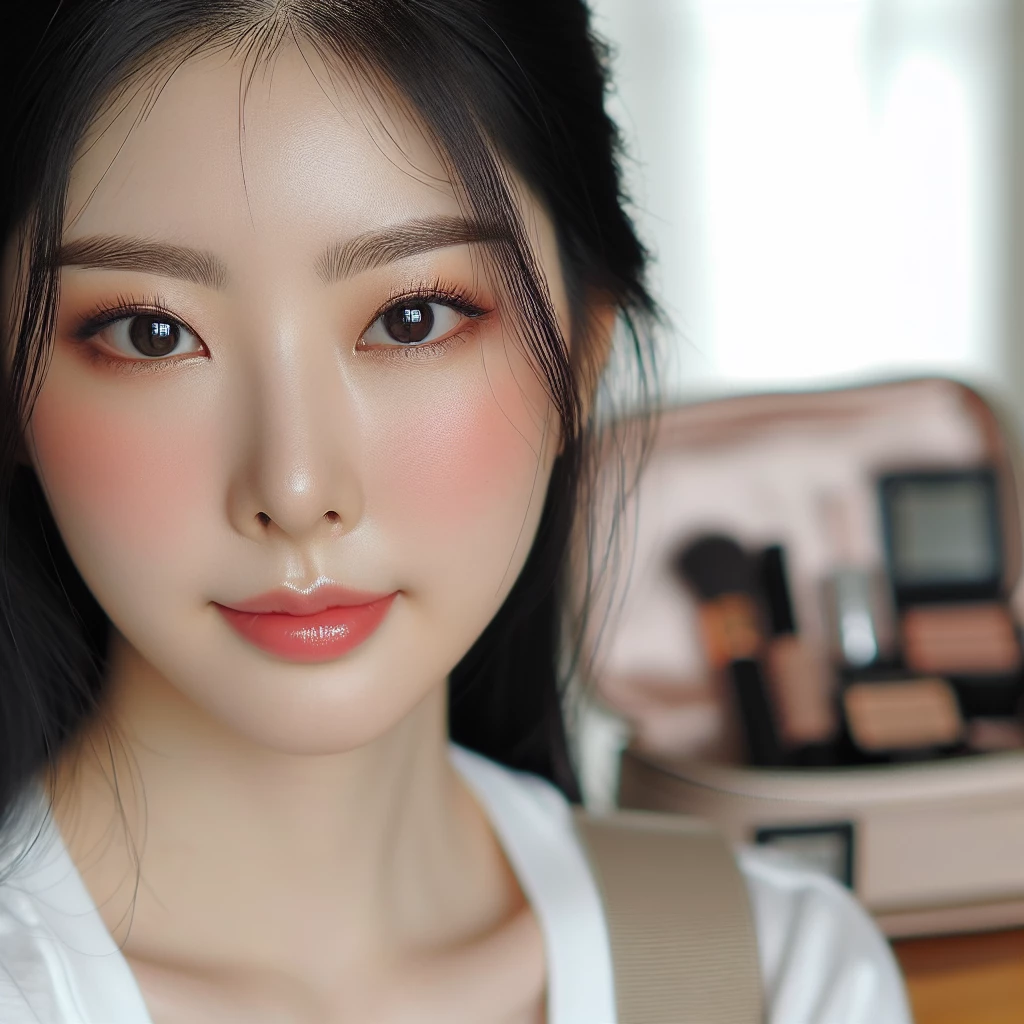Contouring is one of the most popular techniques in the world of makeup, yet many still find it daunting. It shouldn't be if you understand its purpose. Contouring is all about enhancing your natural facial structure through makeup. It's not about completely changing your look, but rather about highlighting your beauty. First thing to remember is that contouring is subjective. What works for one person might not work for another, so it requires a bit of practice. The key is understanding the structure of your face and determining which areas we need to enhance.
Before you start contouring, prepare your face with primer and foundation. That's your blank canvas. Next, choose your contouring product. There are different types of contouring products: powders, creams, and sticks. Creams are great for a more natural look, while powders give a more defined finish. If you're just starting, stick products are easier to control. It's best to choose a colour that's two shades darker than your skin tone. The main areas to focus on are the hollows of your cheeks, the sides of your nose, your jawline, and your forehead. If you want a softer look, use a blending sponge to blend the product in. If you want a more dramatic look, use a contour brush.
Now, let's talk about the technique. Start by sucking in your cheeks to find the hollows. This is where you should apply the contouring product. From here, draw a line upwards towards your ears, this will create a lifted effect. For your nose, draw two lines down the sides, this will make it appear slimmer. For the forehead, apply the product around the perimeter, focusing on the temples. The last step? Blend, blend, and blend some more. Remember, the goal here is to create a natural transition between your highlight and contour. Use a damp beauty sponge or a brush to blend the lines into your skin. After everything is blended, set your makeup with a setting spray to make your contouring long-lasting.

Achieving Flawless Foundation
From choosing the right shade to application techniques, we guide you through the steps to achieve a flawless foundation.

Creating Bold Lip Looks
Step-by-step instructions on how to create stunning bold lip looks. From classic red to daring black.

Ultimate Guide to Contouring
Learn the art of contouring and highlight your best features with our in-depth tutorials. Transform your look today!

Easy Everyday Makeup Looks
Simple and quick makeup tutorials for everyday use. Discover how to enhance your natural beauty in minutes.